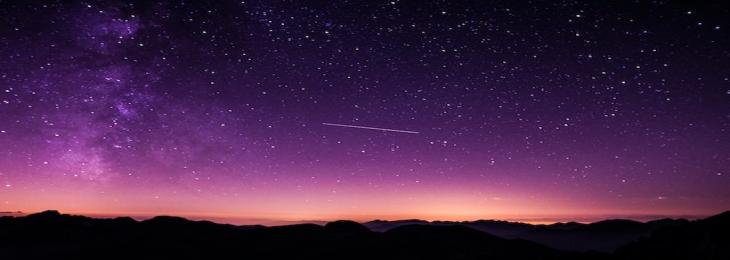
Planets rising close to the moon are highlighted in Nasa's may night sky guide for amateur astronomers.
The half-moon will rise with Saturn on May 13. There will be a conjunction of the two celestial bodies an hour before sunrise, in the southeast. On May 17, photographers can capture the moon in its tiniest, most photogenic form as it rises an hour before the sun. Jupiter will be close to the moon for much of the month for American sky watchers.
In the morning twilight throughout the southern United States, Jupiter will disappear behind the moon. When the sun rises in western countries, Jupiter will block out the moon, but the moon will emerge again shortly before sunrise. Photographers will want a clear view of the horizon to capture these phenomena because of their low altitude. Nasa recommends using binoculars since the morning sky becomes too light to see the planets without them. On May 22-24, three objects will simultaneously rise in the sky. On May 23, the moon will rise in the middle of Venus and mars. The brightest planet at night, Venus, has been on the rise for months now. It will reach its highest point in May and begin to fall off in June.
In July, it will disappear from the western sky and reappear in the eastern morning sky as a dawn object. In the Southern Hemisphere, the constellations Gemini, the teapot, and Orion appear inverted from the Southern Hemisphere. When viewed from the southern, African, or Australian Hemispheres, the moon's phases will fill in from left to right, as opposed to the Northern Hemisphere.






